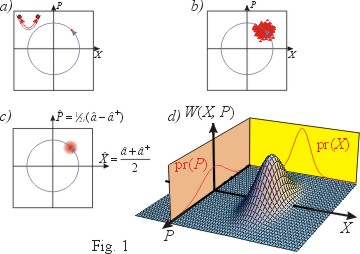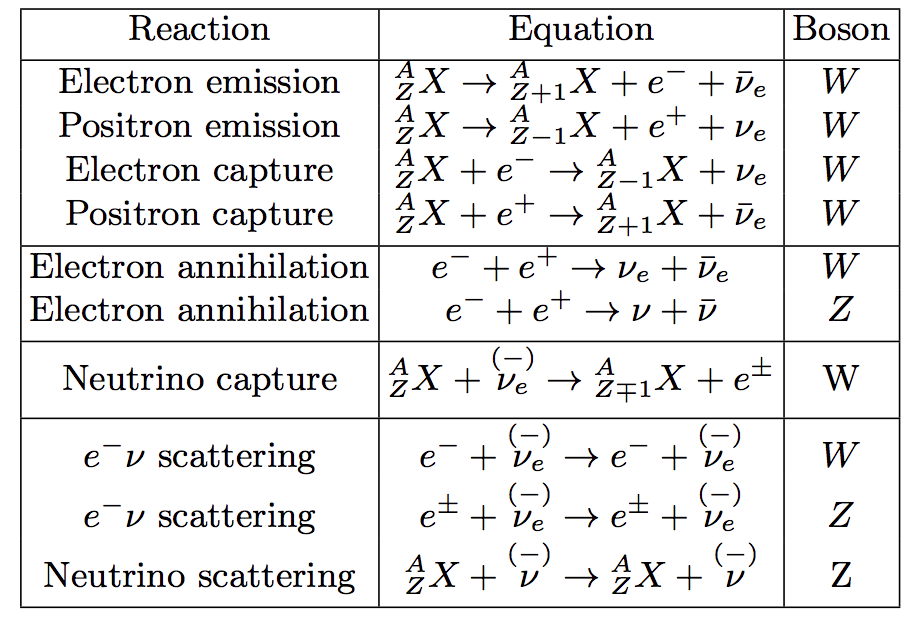1.2. Physics¶
1.2.2. What is a Neutrino Particle?¶
As Wigner said, a physical particle is an irreducible representation of the Poincaré group. A characteristic of Poincaré group is that mass comes in.
A neutrino particle is better recognized as its mass eigenstate.
In QFT, there are 3 different forms of neutrino mass term, left-handed Majorana, right-handed Majorana and Dirac mass terms.
1.2.3. Chirality and Helicity¶
1.2.3.1. Helicity¶
Helicity is the projection of spin onto direction of momentum,
where
A state is called right-handed if helicity is positive, i.e., spin has the same direction as momentum.
1.2.3.2. Chirality¶
Chirality is the eigenstate of the Dirac \(\gamma_5\) matrix, which is explicitly, 1
1.2.4. Majorana or Dirac¶
1.2.4.1. Double Beta Decay¶
1.2.5. States¶
1.2.5.1. Wigner Function¶

Fig. 1.3 A ensemble of classical harmonic oscillators can be described using such phase-space probability distribution.¶
Wigner function is an analogue of the classical phase-space probability distribution function though it is not really probability. 3 The mean of Wigner function lies in the two quadratures, i.e., space distribution and momentum distribution.
There is a collection of Wigner functions on this site. 3
Question
How do one describe a system of neutrinos using Wigner function? The effect of statistics?
1.2.6. Statistics¶
Fermi-Dirac distribution
where \(\xi=\mu/T\) is the degeneracy parameter.
The neutrino-neutrino forward scattering is 2
Question
Meaning of each term in Liouville equation.
- 2
Pantaleone (1992), Friedland & Lunardini (2003).








